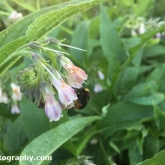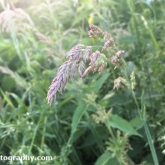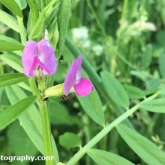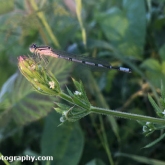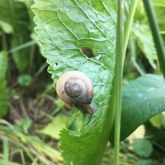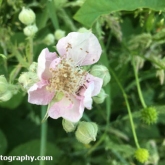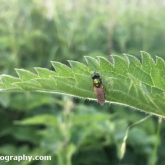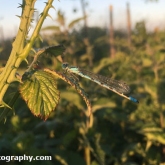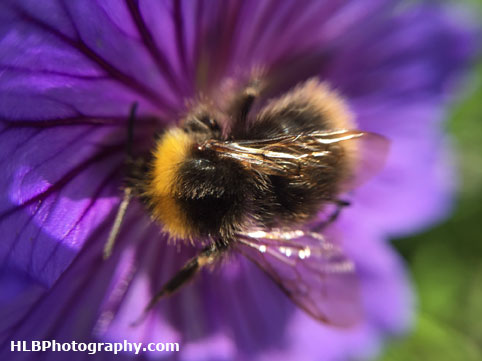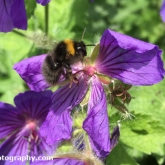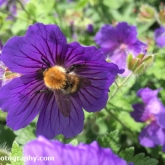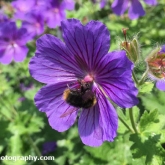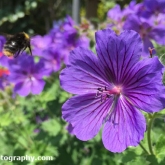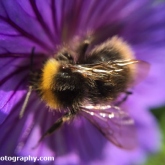This evening I went with a friend to Bampton Cemetery in Oxfordshire. They visited a grave while I had a look around the Cemetery. Filling the watering can was a slow process, the tap produced no more than a dribble. While I was stood waiting for the can to fill, I noticed the ivy that is making its way up the tree by the tap, a robin briefly sat on the wall then quickly flew off once it had noticed me. Walking back along to the grave I noticed that the horse-chestnut tree has leaf-mining moth damage (you can record this data via an app called Leaf watch where the results are submitted to the Conker Tree Science project). I recorded this tree last year with roughly the same amount of damage.
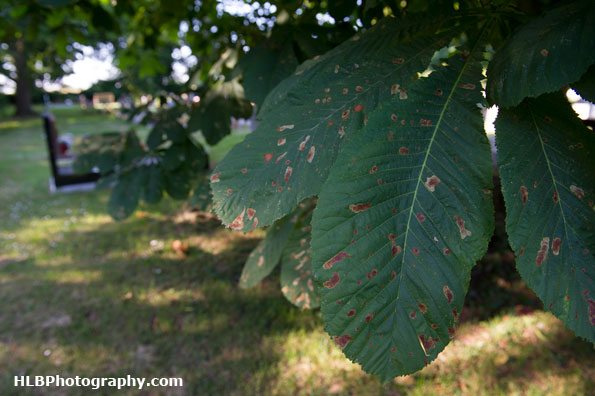
I noticed that it also had conkers starting to form. The squirrels that live there like the conker tree, however they also like that my friend leaves them a pile of hazelnuts when he visits. They have in the winter traded conkers for hazelnuts! Leaving him the conker and running of with the hazelnut, they are quite friendly in winter!
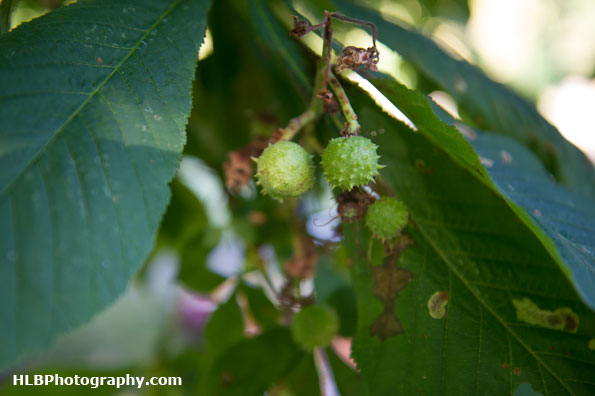
There are quite a few birds in the area. The blackbirds were eating the fruit off of what I think is a Japanese Crab tree and I managed to get a single photo of the song thrush before a passer-by scared it off. There were blue tits and chaffinches in the branches of the trees and woodpigeons grazing among the grave stones.
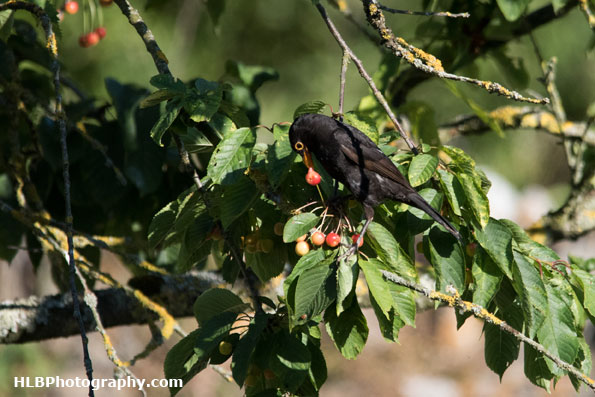

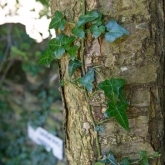
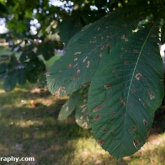
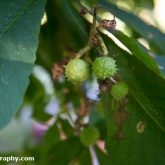
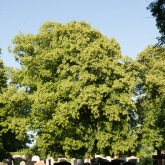
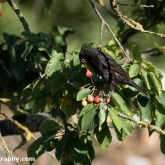
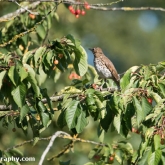
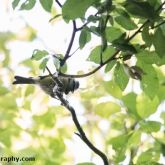
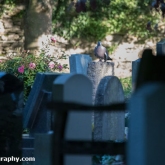
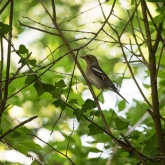
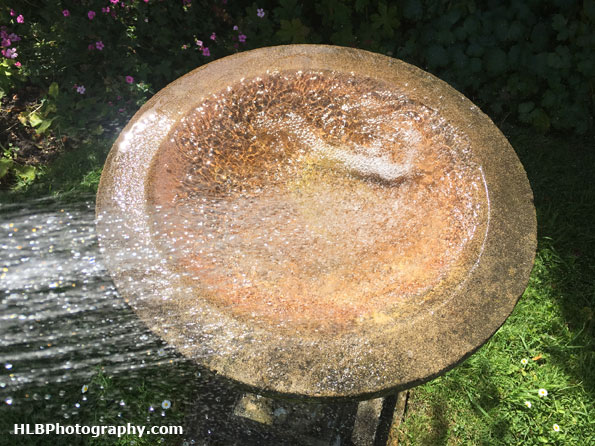
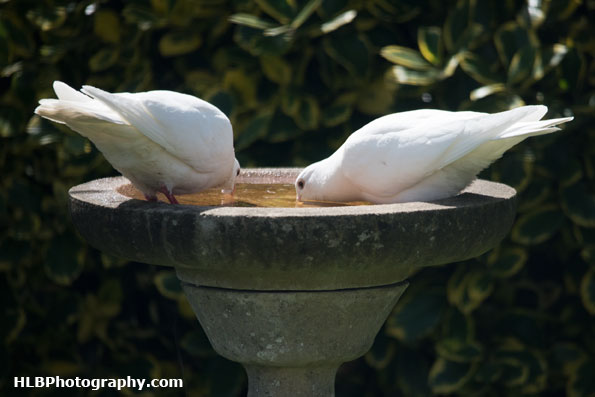
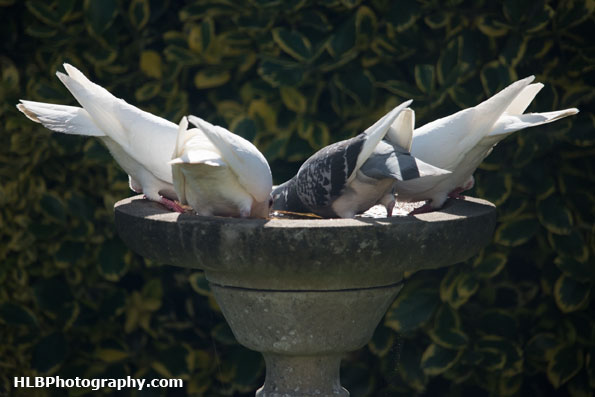
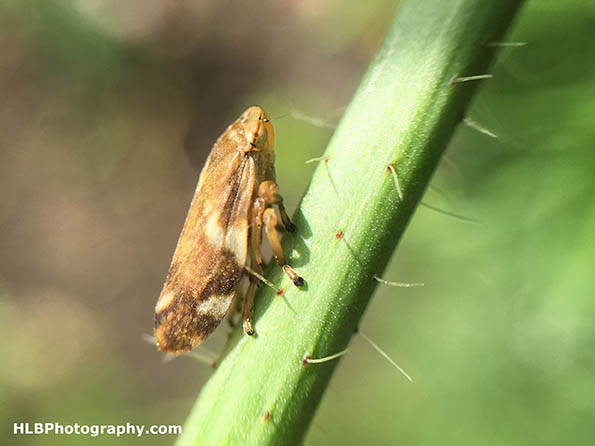
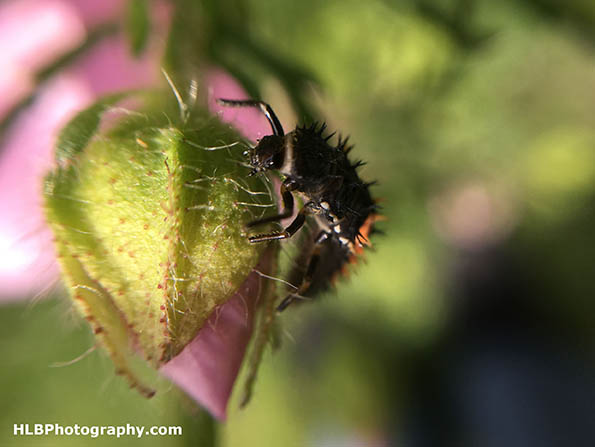
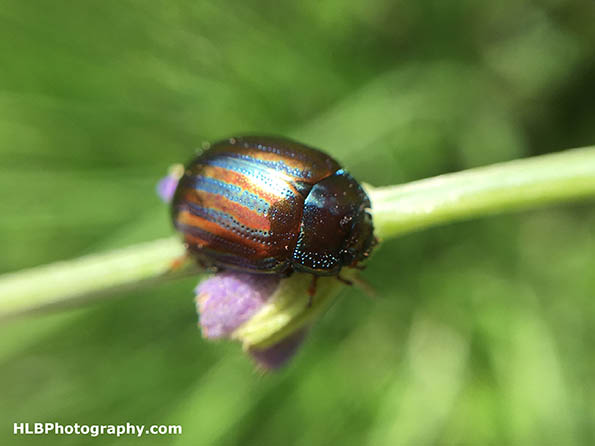
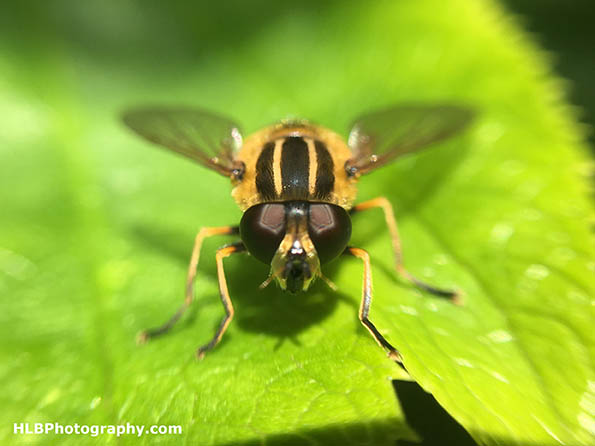
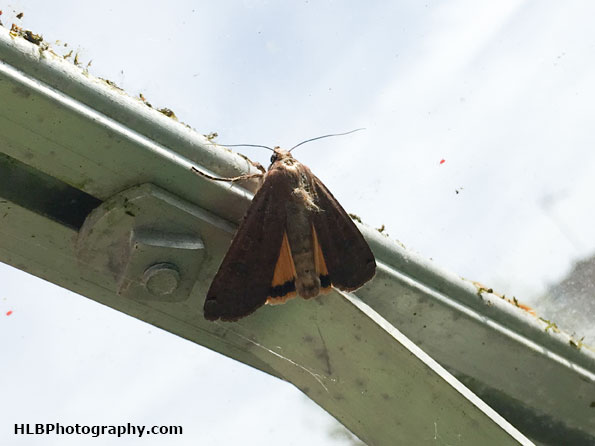
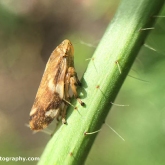
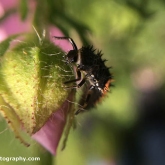
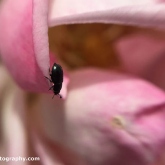
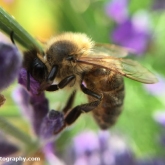
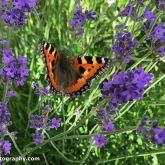
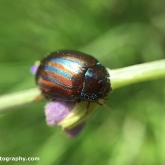
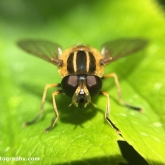
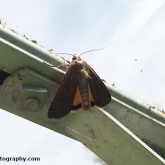
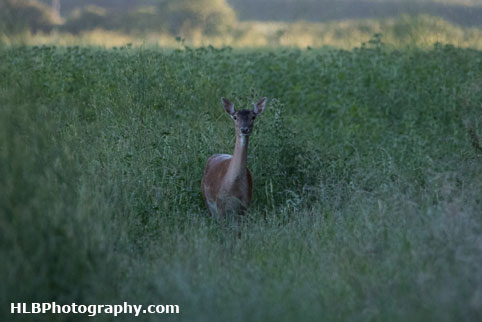
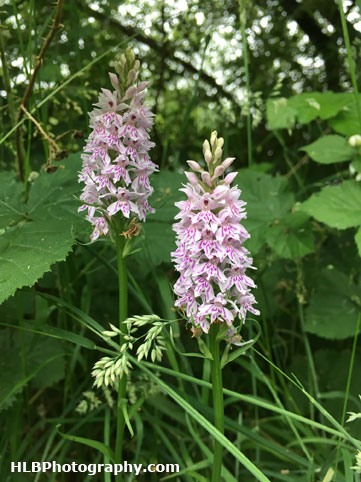
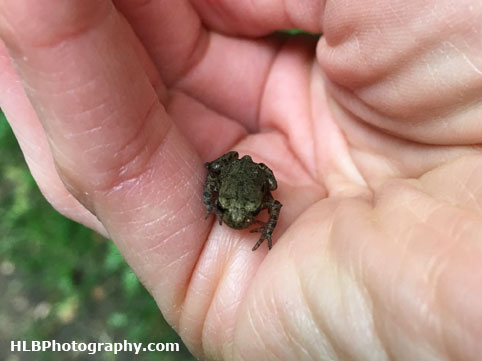
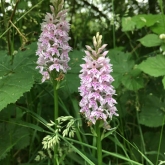
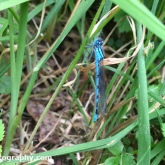
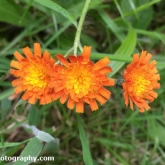
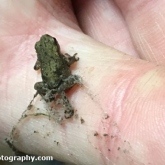
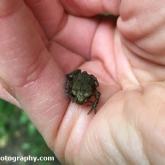
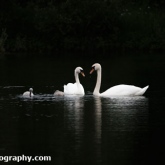
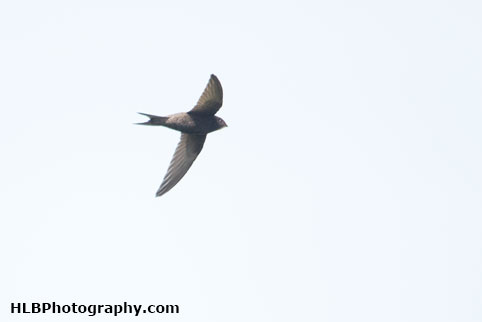
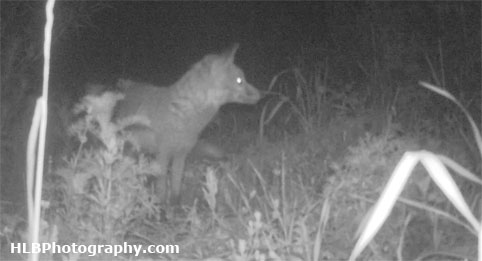
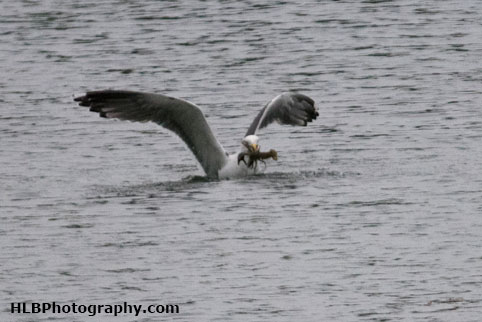
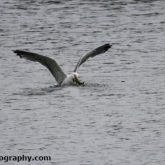
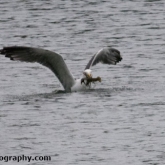
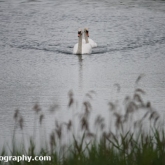
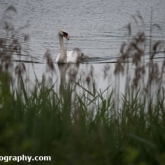
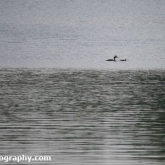
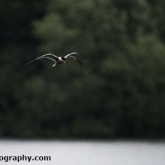
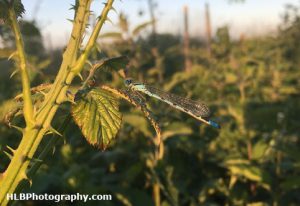 I had planned to walk around the field this evening but other events forced a change of plan. I had to help a friend with a task which took longer than either of us expected, so today I spent 10 mins looking through the long grass and stinging nettles at the bottom of their garden. The sun began to set, I wasn’t sure if I would find anything. I started by looking at the plants and grasses and as I looked more closely I noticed the insects hiding within. At first I noticed the bees flitting around the flowers and then the Common Blue Damselfly that landed nearby. The stinging nettles had lots of Cuckoo-spit which lead me to notice the snail and fly (I have no idea what type!) on the next plant along. It was bustling with life; I could have stayed there for ages delving deeper into the vegetation.
I had planned to walk around the field this evening but other events forced a change of plan. I had to help a friend with a task which took longer than either of us expected, so today I spent 10 mins looking through the long grass and stinging nettles at the bottom of their garden. The sun began to set, I wasn’t sure if I would find anything. I started by looking at the plants and grasses and as I looked more closely I noticed the insects hiding within. At first I noticed the bees flitting around the flowers and then the Common Blue Damselfly that landed nearby. The stinging nettles had lots of Cuckoo-spit which lead me to notice the snail and fly (I have no idea what type!) on the next plant along. It was bustling with life; I could have stayed there for ages delving deeper into the vegetation. 